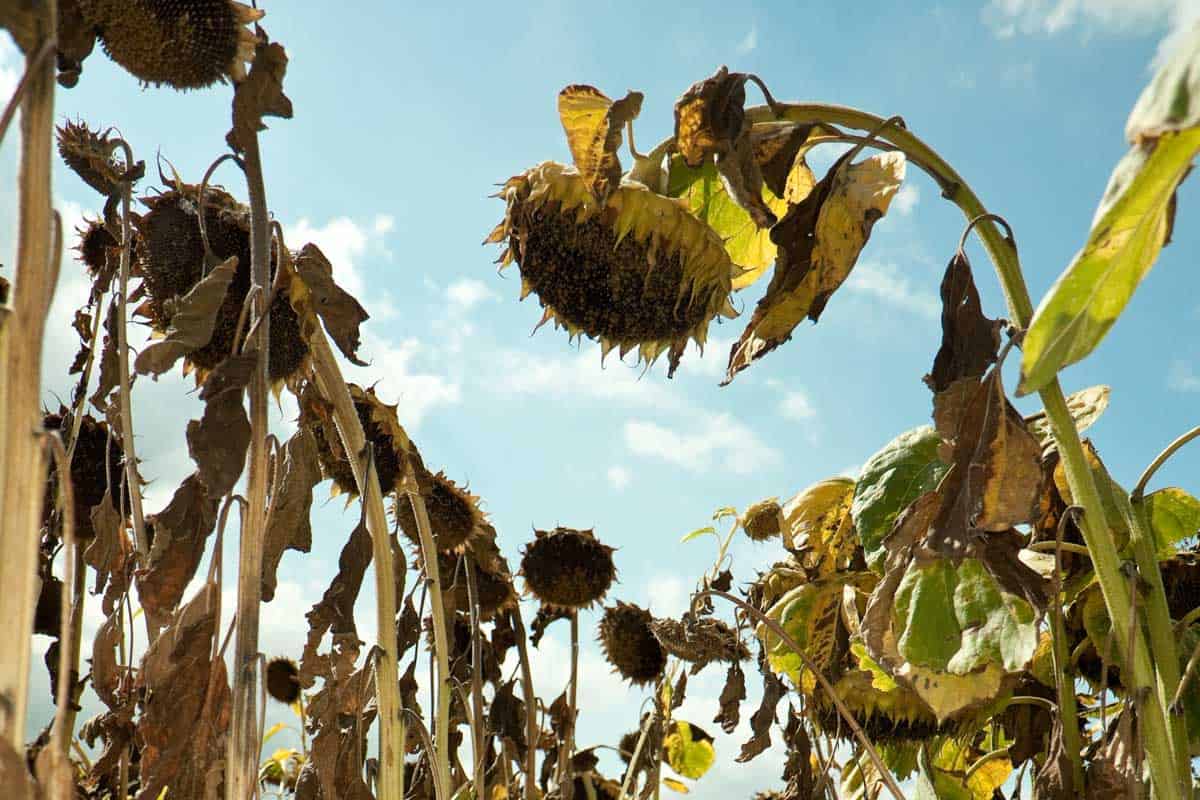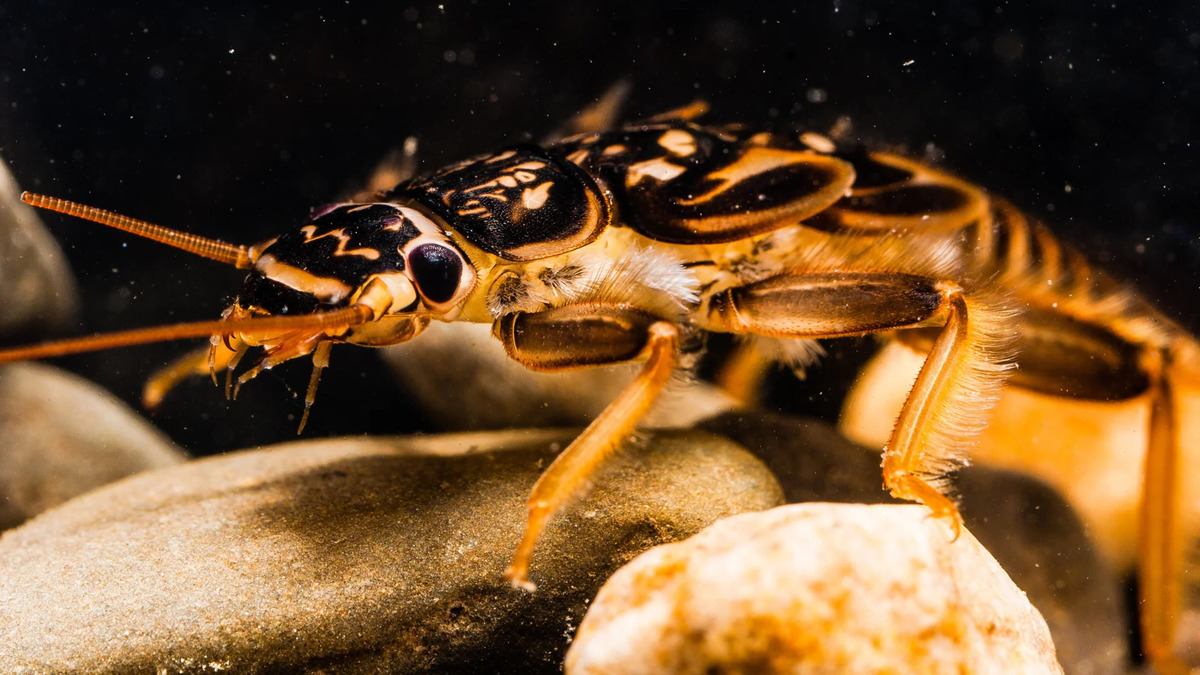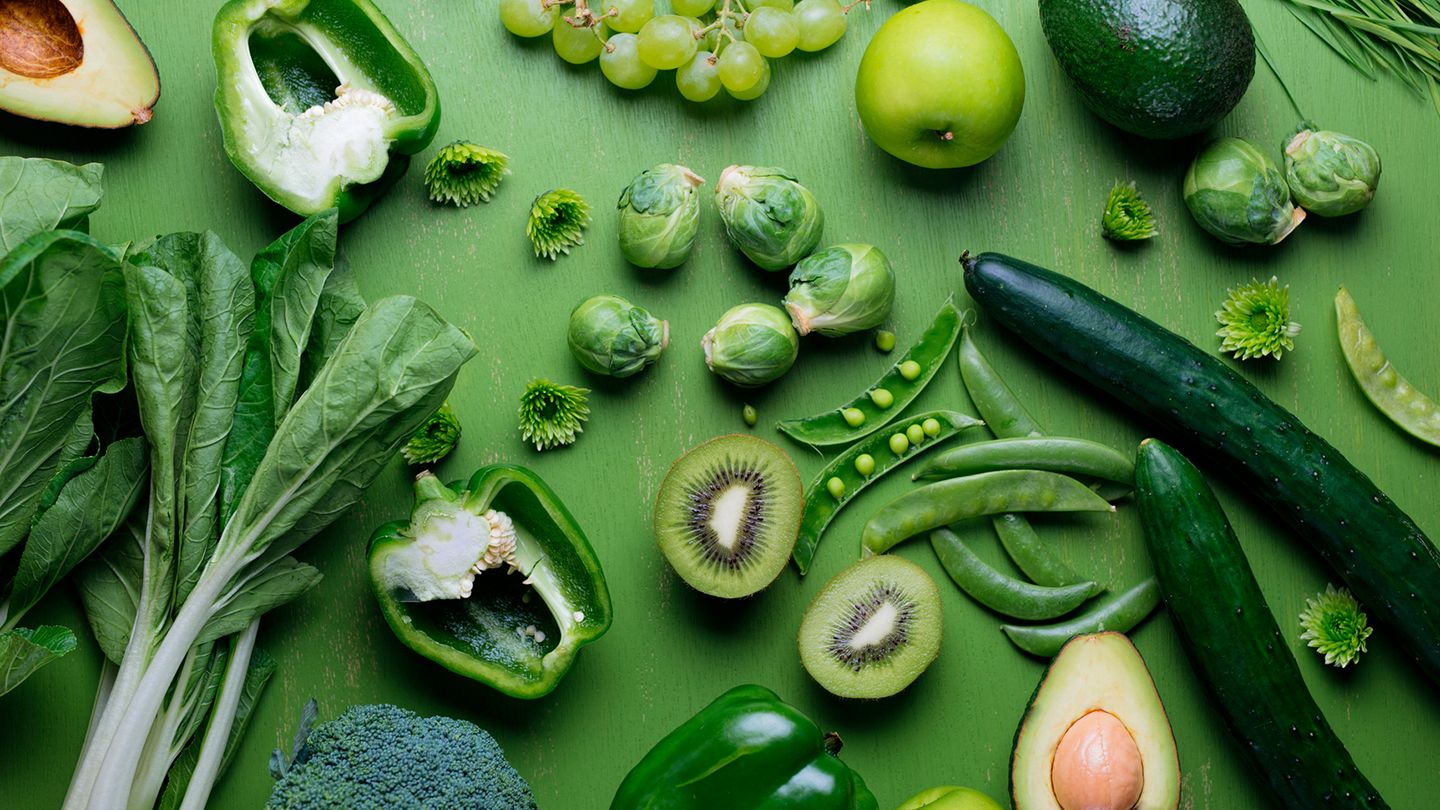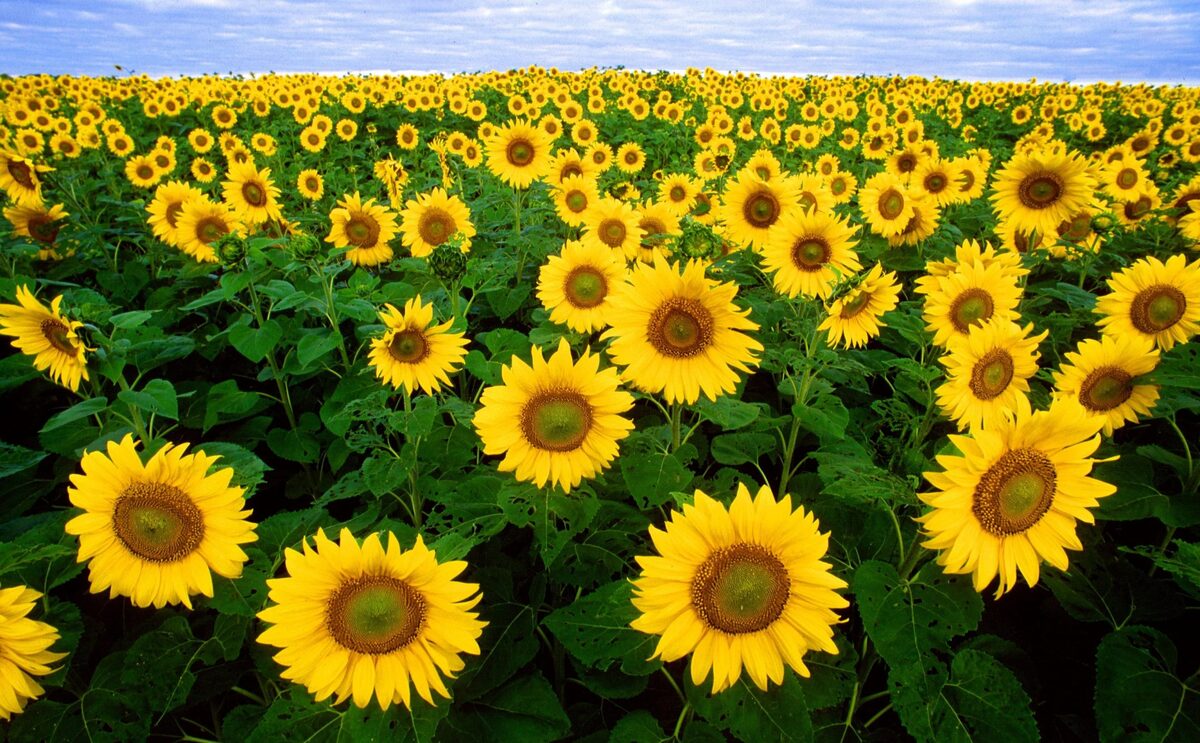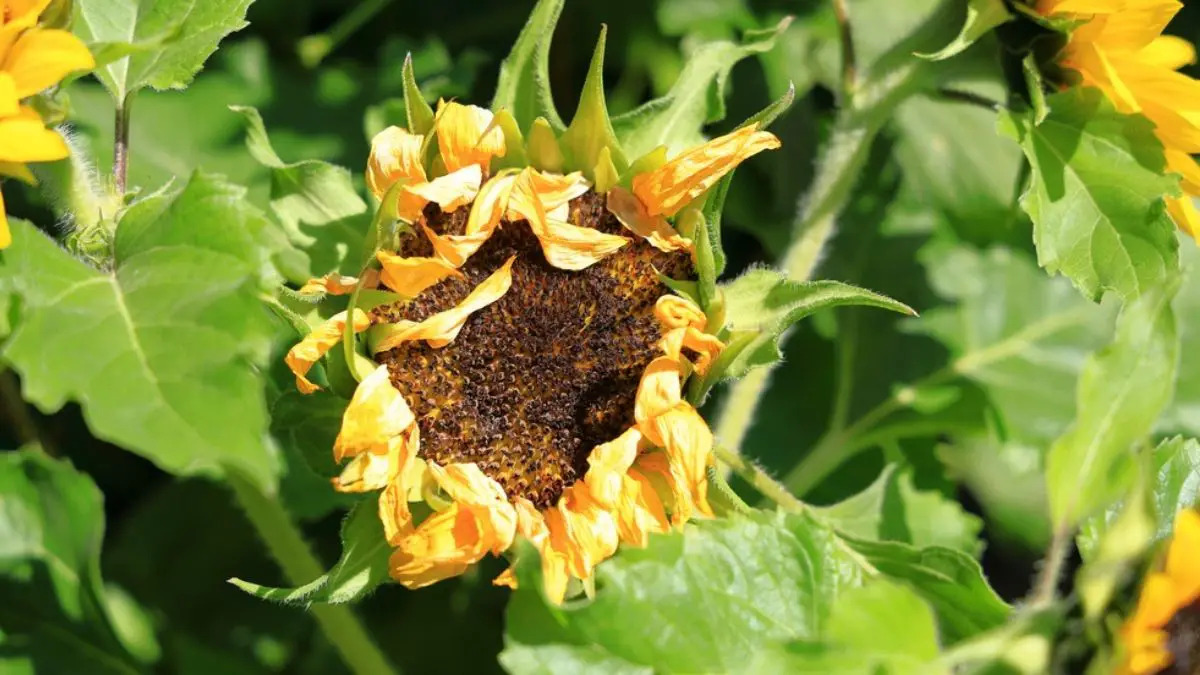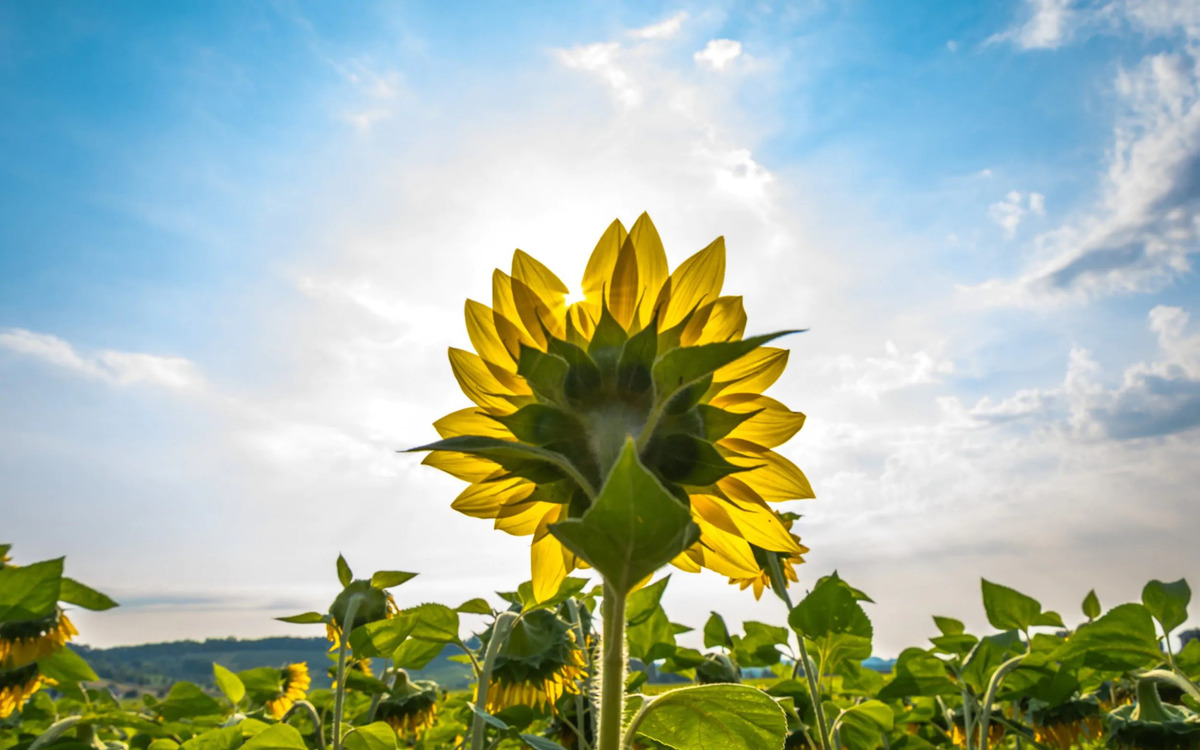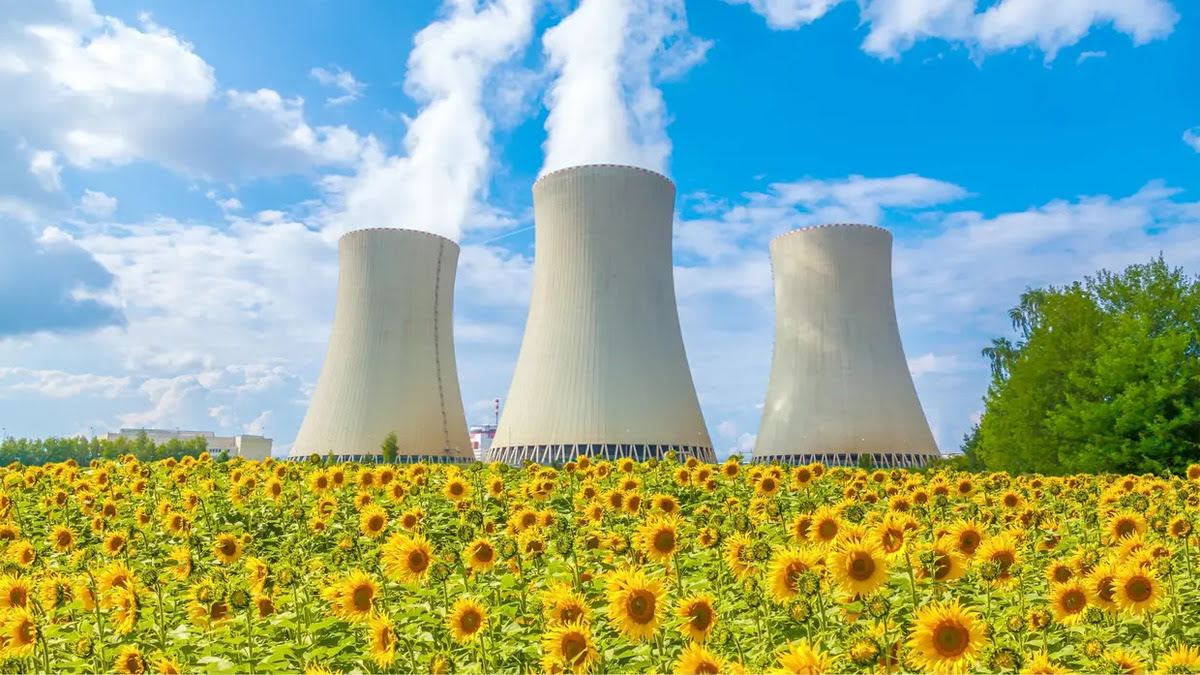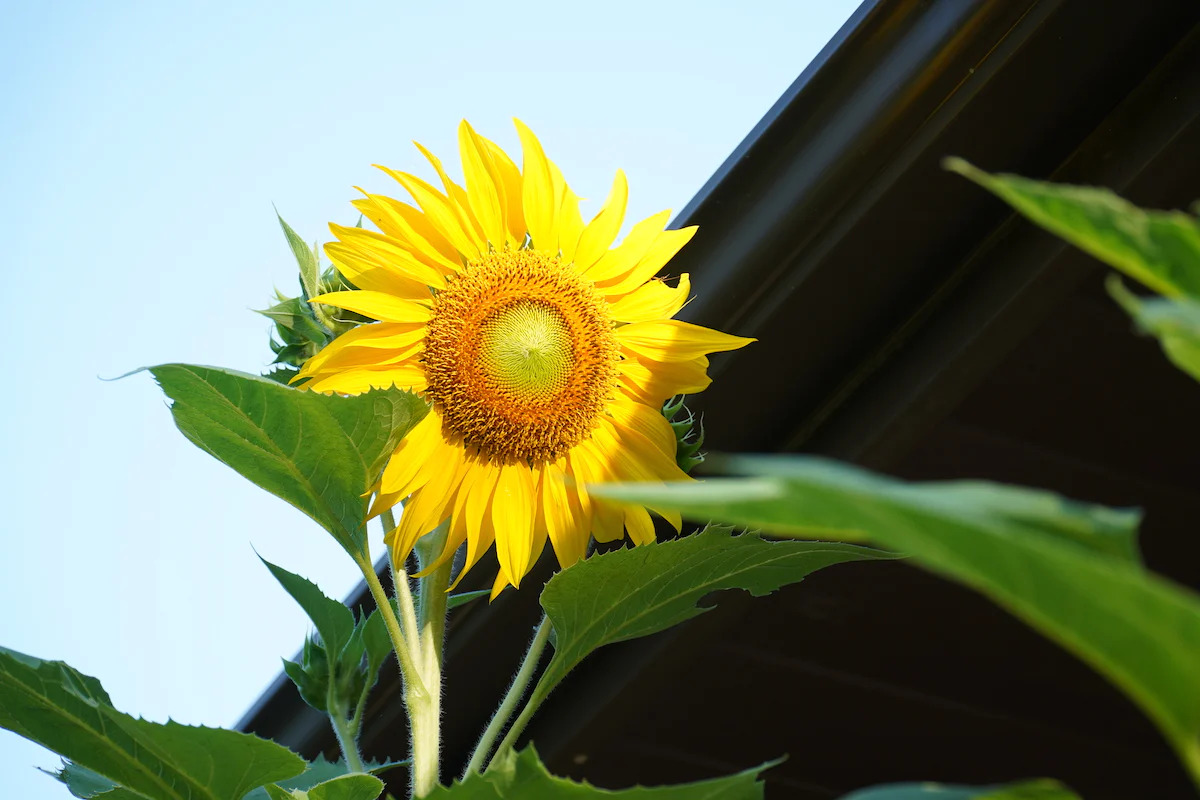Home>Types of Gardening>Ornamental Gardening>Why Are Some Sunflowers Red
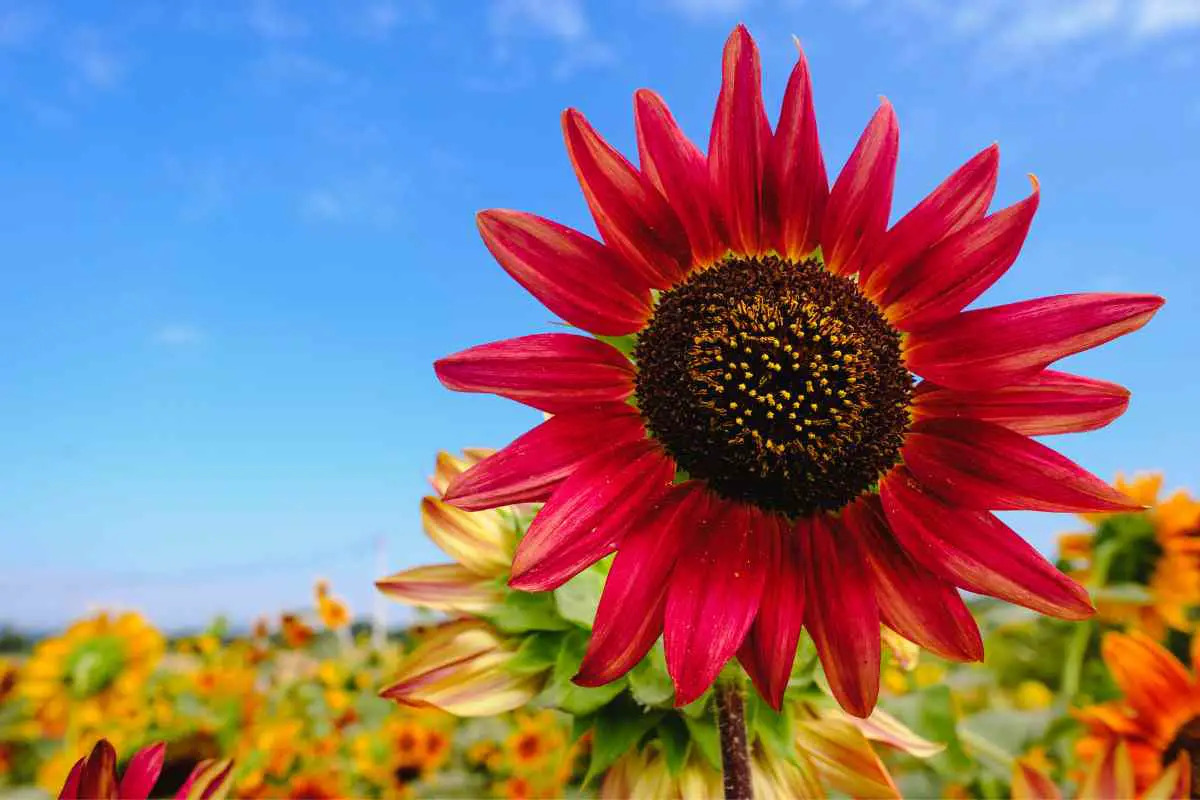

Ornamental Gardening
Why Are Some Sunflowers Red
Modified: February 10, 2024
Explore the vibrant world of ornamental gardening with red sunflowers, understanding why these unique blooms add a striking touch of color to your garden
(Many of the links in this article redirect to a specific reviewed product. Your purchase of these products through affiliate links helps to generate commission for Chicagolandgardening.com, at no extra cost. Learn more)
Table of Contents
Introduction
Welcome to the vibrant world of ornamental gardening, where nature’s beauty is brought to life through various flowers and plants. Among these, sunflowers stand out for their dazzling colors and iconic appearance. While most sunflowers are known for their bright yellow petals and brown centers, you may have come across an intriguing variation – the red sunflower.
The red sunflower is a captivating sight, with its vibrant crimson petals standing apart from the traditional yellow hues. This unique coloration has piqued the interest of gardeners and enthusiasts alike, sparking curiosity about the factors behind its striking appearance.
In this article, we will explore the fascinating world of red sunflowers and delve into the genetic and environmental factors that influence their coloration. We will also investigate the significance of red sunflowers in the world of ornamental gardening, unveiling their hidden beauty and the impact they can have in various settings.
So, if you’re ready to embark on a colorful journey through the world of red sunflowers, let’s dive in and uncover the secrets behind their mesmerizing allure.
Genetic Factors Affecting Sunflower Color
The color of sunflower petals is primarily determined by genetic factors encoded in their DNA. These genetic factors influence the production and distribution of pigments responsible for the vibrant hues we observe.
One of the key genetic factors affecting sunflower color is the presence or absence of specific pigments, such as anthocyanins and carotenoids. These pigments play a crucial role in determining the final coloration of sunflower petals.
Anthocyanins are responsible for the red, purple, and blue pigments found in many flowers. In red sunflowers, a high concentration of anthocyanins gives rise to the deep red coloration of the petals. Variations in the genes that control the production and accumulation of anthocyanins can result in different shades of red, ranging from scarlet to burgundy.
In contrast, carotenoids are responsible for yellow, orange, and red pigments in flowers. While carotenoids typically contribute to the yellow coloration of sunflower petals, certain genetic mutations can lead to the development of red varieties. These mutations alter the biosynthetic pathways of carotenoids, causing an accumulation of red pigments instead.
Genetic research has revealed that the presence of specific alleles, or alternative forms of genes, can influence the expression of red pigments in sunflowers. Different combinations of these alleles can give rise to varying degrees of red coloration. Through selective breeding and genetic manipulation, breeders have been able to create an array of red sunflower cultivars with distinct shades and patterns.
It is important to note that not all sunflowers have the genetic potential to produce red pigments. Some varieties lack the necessary genetic traits, making it impossible for them to exhibit red coloration. Therefore, selecting the right sunflower cultivar with the desired genetic makeup is crucial in achieving the vibrant red hues seen in red sunflowers.
Role of Pigments in Sunflower Coloration
Pigments play a crucial role in determining the coloration of sunflower petals. These natural compounds absorb and reflect different wavelengths of light, giving rise to the vibrant hues we associate with sunflowers.
One of the key pigments involved in sunflower coloration is chlorophyll. Chlorophyll is responsible for the green color we typically associate with plant leaves and stems. However, in sunflowers, chlorophyll is primarily concentrated in the leaves and plays a minimal role in petal coloration.
In contrast, carotenoids and anthocyanins are the main pigments responsible for the yellow and red coloration observed in sunflowers, respectively.
Carotenoids are lipid-soluble pigments that are widespread in nature. They are responsible for the vibrant yellow and orange colors seen in many flowers and fruits. In sunflowers, carotenoids are present in the form of xanthophylls, such as lutein and zeaxanthin. These pigments absorb blue and green wavelengths of light, giving rise to the yellow coloration of sunflower petals. While carotenoids are abundant in sunflowers, they are often overshadowed by another group of pigments – anthocyanins.
Anthocyanins are water-soluble pigments that are responsible for the red, purple, and blue colors seen in various plants. They belong to a larger group of compounds called flavonoids, which are known for their antioxidant properties. In red sunflowers, high levels of anthocyanins are concentrated in the petals, giving rise to the vibrant red coloration. The intensity of the red color can vary depending on the concentration and distribution of anthocyanins within the petals.
The role of pigments in sunflower coloration goes beyond visual appeal. The vibrant colors produced by carotenoids and anthocyanins also serve as attractants for pollinators, such as bees and butterflies. These pigments act as visual cues, guiding pollinators towards the source of nectar and increasing the chances of successful pollination.
By understanding the role of pigments in sunflower coloration, gardeners and breeders can manipulate and enhance these compounds to create new and exciting color variations. Through selective breeding and genetic engineering techniques, it is possible to introduce new pigments or enhance the expression of existing pigments, resulting in a wide range of captivating sunflower colors.
Environmental Factors Influencing Sunflower Color
While genetic factors play a significant role in determining the color of sunflower petals, environmental factors also play a crucial role in influencing the intensity and expression of those colors. These factors can include light, temperature, soil conditions, and nutrient availability.
Light plays a crucial role in sunflower coloration. Sunflowers are known for their phototropic nature, meaning they follow the movement of the sun throughout the day. The intensity and duration of sunlight exposure can impact the expression of pigments in sunflower petals. Adequate sunlight is essential for the production and accumulation of pigments, including the red pigments responsible for the coloration of red sunflowers. Insufficient sunlight can lead to paler or less vibrant colors.
Temperature is another environmental factor that can influence sunflower color. Sunflowers thrive in warm temperatures, as they are native to regions with long, sunny summers. High temperatures can enhance the synthesis and accumulation of pigments, resulting in more intense coloring. Conversely, cooler temperatures can hinder pigment production, resulting in subdued or lighter colors.
Soil conditions and nutrient availability also play a role in sunflower coloration. Adequate soil fertility and nutrient levels, particularly nitrogen and phosphorus, are essential for healthy plant growth and pigmentation. A lack of essential nutrients can result in nutrient deficiencies, affecting the production and distribution of pigments and impacting the color intensity and vibrancy of sunflowers.
Additionally, environmental stressors such as drought, excessive rainfall, or extreme temperatures can also influence sunflower color. These stressors can disrupt normal physiological processes in sunflowers, affecting pigment production and leading to changes in coloration. For example, drought stress may cause sunflowers to exhibit paler or more muted colors, while excessive rainfall can dilute pigments, resulting in washed-out or faded hues.
It is crucial to note that environmental factors can interact with genetic factors to produce unique color variations. Different combinations of genetic traits and environmental conditions can lead to variations in sunflower coloration, making each sunflower plant a unique masterpiece.
By understanding and manipulating these environmental factors, gardeners and horticulturists can optimize sunflower coloration and create ideal conditions for vibrant and visually appealing sunflowers to flourish.
Significance of Red Sunflowers
Red sunflowers have gained significant popularity in the world of ornamental gardening due to their unique and captivating appearance. Their vibrant red coloration adds a bold and striking element to gardens, landscapes, and floral arrangements.
One of the key significances of red sunflowers lies in their ability to create visual contrast. When placed among traditional yellow sunflowers or other flowers with different colors, red sunflowers stand out, creating a visually dynamic and eye-catching display. This contrast can add depth and drama to any garden or floral arrangement, making red sunflowers a favorite choice for gardeners and floral designers.
Red sunflowers also hold symbolic meaning, often associated with love, passion, and energy. The intense red color invokes emotions and adds a touch of romance and excitement to any setting. As such, red sunflowers are often included in bouquets and gifts, expressing deep affection and admiration for the recipient.
Beyond their aesthetic appeal, red sunflowers also serve practical purposes in gardens. Just like their yellow counterparts, red sunflowers attract pollinators such as bees and butterflies, contributing to the overall health and biodiversity of the ecosystem. The bright red petals act as beacons, guiding pollinators towards the flower’s nectar-rich center. By incorporating red sunflowers into gardens, gardeners can support pollinators and promote a flourishing and vibrant environment.
In addition to their role in pollination, red sunflowers can also be utilized in eco-friendly practices such as phytoremediation. Some studies have shown that sunflowers, including red varieties, have the ability to absorb and remove toxins and heavy metals from the soil. Their deep root systems allow them to extract pollutants from the soil, making them useful in addressing soil contamination issues.
Red sunflowers also offer an excellent opportunity for experimentation and hybridization. Their unique coloration provides breeders and enthusiasts with a canvas for creating new varieties with different color combinations and patterns. Through careful breeding and genetic manipulation, the possibilities for creating even more captivating and diverse sunflower colors are endless.
Whether used as a focal point in a garden, a symbol of love and passion, or a contributor to ecological balance, red sunflowers hold a significant place in the world of ornamental gardening. Their captivating color, symbolic meaning, and practical applications make them an invaluable addition to any garden or floral arrangement.
Conclusion
Red sunflowers, with their vibrant and captivating color, bring a sense of intrigue and beauty to the world of ornamental gardening. These unique flowers are a result of genetic factors, including the presence and expression of specific pigments, as well as environmental influences such as light, temperature, and nutrient availability.
Understanding the genetic and environmental factors that affect sunflower coloration allows gardeners, breeders, and enthusiasts to manipulate and enhance these factors to create a wide array of stunning red sunflower cultivars. By selecting the right sunflower varieties and providing optimal growing conditions, gardeners can witness the full potential of vibrant red petals.
Red sunflowers hold both aesthetic and symbolic significance. Their bold color creates a striking contrast and adds a touch of drama to gardens, landscapes, and floral arrangements. Not only do they attract pollinators and contribute to the health of ecosystems, but they also convey deep emotions of love, passion, and energy.
Additionally, red sunflowers offer practical benefits, such as their potential for phytoremediation, helping to address soil contamination issues. They also provide endless possibilities for experimentation and hybridization, allowing breeders to create new, exciting color variations and patterns.
As you embark on your ornamental gardening journey, consider the allure of red sunflowers. Whether you choose to include them as focal points in your garden or use them to express your emotions through floral arrangements, red sunflowers are sure to leave a lasting impression.
So, let your creativity bloom and embrace the vibrant world of red sunflowers as you bring nature’s beauty to life.
